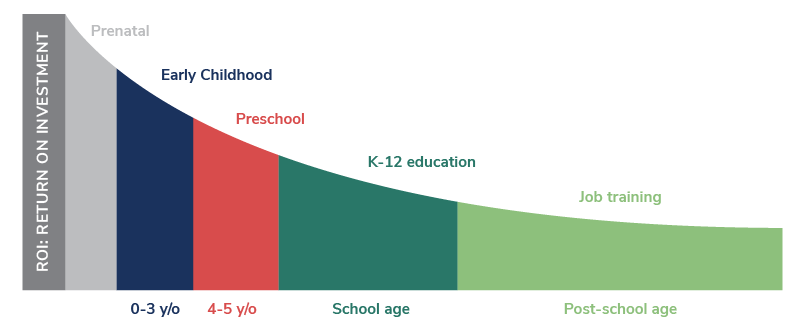RESEARCH AND DATA
The Oregon Health and Education Collaborative knows that making data informed decisions is important.
The Upstream Initiative has always had evaluation support woven into the effort, and we continue to grow and deepen that effort. We also believe in the Collective Impact model, and are working to organize our demonstration projects around a shared purpose and agreements on how to measure efforts toward that purpose.
During the first year of The Upstream Initiative, The Collaborative operated a Learning Collaborative facilitated by Diana Bianco and Clarice Bailey, with Lorelei Mitchell embedded as a researcher. From this effort, themes emerged from all Design Pilots (see Year One report for these themes).
During year two of the Upstream Initiative, The Collaborative will continue working with Lorelei Mitchell from PSU’s Regional Research Institute, and with Whitney Swander as the facilitator and technical assistant consultant, to coordinate the demonstration projects to align around a set of common metrics. This will enable demonstration projects to demonstrate how efforts influence outcomes.
Additionally, two demonstration projects are currently working to establish information sharing agreements between local partners like Coordinated Care Organizations, Community Based Organizations and Early Learning Hubs. The Collaborative will continue to provide technical assistance to the demonstration projects to facilitate applying existing data sources to programmatic decision making. Grant funding is making this possible.
The Collaborative’s initial movement is focused upstream on the first 1000 days, because the scientific and economic data points to this time as the most critical in determining life-long outcomes.
This concept is highlighted by the work of Professor James J. Heckman, expert in the economics of human development. He is a Nobel Memorial Prize winner in economics and the Henry Schultz Distinguished Service Professor of Economics at the University of Chicago.
Professor Heckman’s ground-breaking work with a consortium of economists, psychologists, statisticians and neuroscientists shows that early childhood development directly influences economic, health and social outcomes for individuals and society. Adverse early environments create deficits in skills and abilities that drive down productivity and increase social cost. heckmanequation.com
Professor Heckman determined that the average return on investment in early childhood development is 13% - averaging between $4 and $16 per every dollar invested as illustrated in the graphic below.
The Heckman’s Curve Shows the greatest ROI comes from the earliest intervention
Our work also honors research and is guided by the HOPE framework that shows:
Children are born and grow in an ecosystem that includes their family and their community;
The sources of childhood trauma and the transmission of historical trauma experiences begin very early in life–even before conception–and this adversity can compromise the ability of children to reach their full potential;
The earlier we intervene in the life of a child exposed to these detrimental life experiences, the more likely it is that the child will achieve their full potential; and
Outcomes for every child, especially those furthest from opportunity, are markedly improved when communities come together to design systems that increase positive experiences for children and their families.
Read More about the Hope Research
We know that all parents want what is best for their children and all children are born with an innate capacity for growth, development and human potential. We also know that the zip code in which a child is raised determines how much opportunity they may access. The Child Opportunity Index demonstrates this visually, with the ability to disaggregate the data by race.
Read More about the Child Opportunity Index

